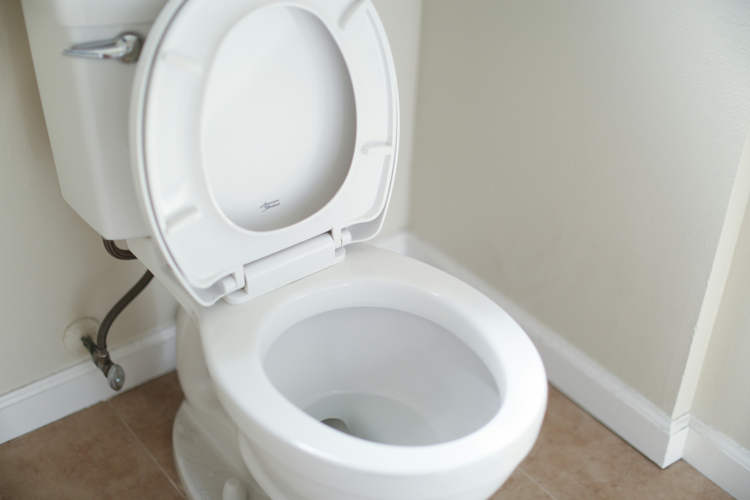Some people would try anything in their desperate attempt to combat the natural effects of aging. One trend that’s been blowing up (pun intended) in recent years is Carboxy Therapy – pumping carbon dioxide under the skin to treat stretch marks, loose skin, cellulite or dark circles under the eyes.
So how does Carboxy therapy work, you ask? It’s quite simple really. Using a fine needle hooked up to a carbon dioxide tank, gas is slowly pumped under the skin. The procedure itself is reportedly not painful at all, with patience feeling nothing but a tingling sensation. Once under the skin, the CO2 causes a slight disruption in the red blood cells due to the sudden overflow of a gas that our bodies produce naturally as cellular waste. Blood vessels expand, improving circulation to the oxygen deprived area and leaving the skin looking healthier and more youthful. It works differently for various conditions. For example, CO2 destroys fat cells, which helps remove cellulite, while in the case of stretch marks, the increased blood flow improves collagen production.

Photo: YouTube video caption
Carboxy was invented in France during the 1930’s and adopted by the first U.S beauty clinics in the early 2000’s. Since then, its popularity has risen significantly, with many happy customers swearing by its miraculous effects. “A lot of folks are asking for it by name,” Dr. Lisa Zdinak, one of the first physicians to introduce carboxytherapy to the U.S., told HNGN “I have people lined up at the gas tank.” Zdinak, who has been using carboxy on herself for years, says the therapy is what people opt for if they are looking for something completely natural.
But despite the many positive testimonies of Carboxy therapy patients and impressive before-and-after photos available online, the procedure is still considered controversial. It is not approved by the FDA, and a number of cosmetic experts claim that there isn’t enough scientific evidence to confirm its positive effects. “I don’t know of any published, peer-reviewed scientific study that proves the treatment is safe or effective,” said Dr. Anthony Youn, a member of the American Society for Aesthetic Plastic Surgery. “In my opinion, until this is done, this can be considered experimenting on patients.”

Photo: Clinica Fiore
“While it seems there is no risk, this therapy is far from mainstream. It remains to be seen if it works at all,” Alex Karidis, a leading cosmetic surgeon, told the Daily Mail in 2007. “Without several more larger-scale studies in reputable journals and strong evidence of its effectiveness, anyone having the treatment is a guinea pig.”
These expert opinions don’t seem to be putting people off to much, as they keep lining up at the gas tank in the name of beauty. Patients reportedly need between four and six Carboxy therapy sessions for it to have an effect on circles under the eyes, and considerably more for stretch marks and scarring.

Photo: Gia Nasim/Instagram
Carboxy was in the news again recently, after a number of photos and a video depicting patients with the eyes all blown up went viral. Footage show both the patience eyelids and their under-eye area swelling up like a balloon. Despite experts like Lisa Zdinak saying that the procedure only looks painful and extreme, other claim that carboxy used around the eyes could have disastrous effects. “Carboxytherapy for use around the eyes is especially dangerous,” said Dr. Robert Weiss, of Baltimore. “It could potentially release gas bubbles into blood vessels causing blindness.” Dr Youn adds that there’s also a risk of orbital emphysema, when skin surrounding the eye swells from gas trapped underneath.













